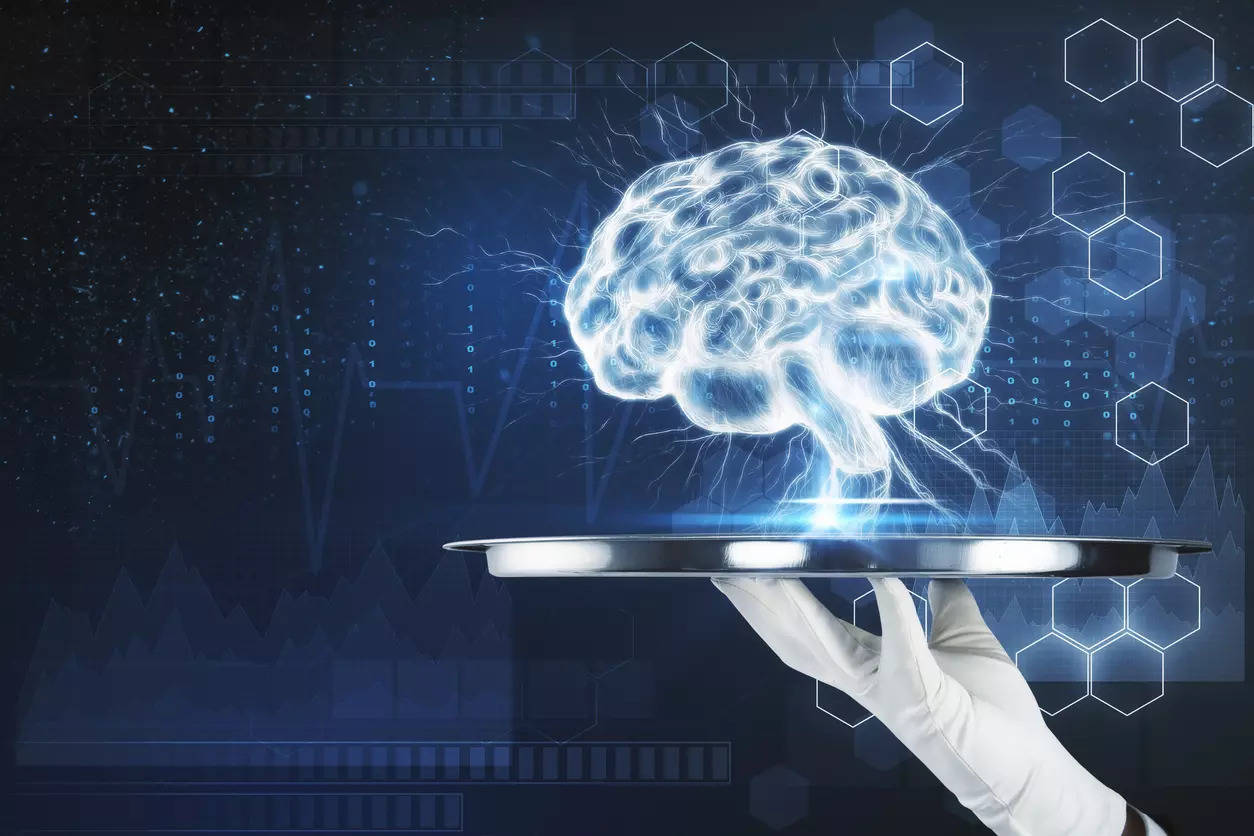
Sirisha Papineni, Sarang Deo
AI options in healthcare span a number of domains together with diagnostic help applied sciences, medical determination help techniques, and massive language fashions (LLM) for affected person interplay. Present AI options predominantly concentrate on creating algorithms and fashions in managed settings with the purpose of optimizing technical accuracy. Though many such AI instruments are already accessible, the specified affect on affected person-stage health outcomes in actual-world implementation settings has but to be achieved.
This hole primarily arises on account of a scarcity of readability on the precise dimension of the issue the AI answer is meant to resolve; for whom the answer provides worth; and by which mechanism it’s modifying the method of care supply. As well as, AI is perceived as a job-pushed device, usually assessed in isolation (i.e. classification of a pores and skin illness). This notion ignores the truth that AI options work together with a whole ecosystem of human values, institutional processes, and organizational tradition. Shifting this ecosystem within the desired route of worth and utility poses advanced challenges.
For instance, a current two-state examine introducing AI chest X-ray interpretation to AYUSH and casual suppliers—who’re the primary level of contact for a big majority of sufferers—revealed substantial adoption obstacles. The examine discovered that suppliers who had been much less assured of their means to diagnose tuberculosis (TB) had been much less more likely to attempt AI. Willingness to combine AI additionally different considerably between Gujarat and Jharkhand, correlating in a different way with belief in native radiologist networks as a result of states’ vastly totally different healthcare infrastructures and expertise ecosystems.
The Allocation of restricted human sources is one other vital area during which AI options are being explored within the Indian context. Whereas algorithmic threat stratification gives potential effectivity positive factors, it usually should compete with values of human judgment. Present analysis is investigating how frontline healthcare employees navigate algorithmic predictions of threat towards their very own heuristics of managing affected person threat; when and how employees deviate from mannequin suggestions; and how the variation of workflows is reconciled with the efficiency metrics employees are anticipated to realize inside the organizational hierarchy. One other key concern rising from these research is that redistributing a hard and fast quantity of healthcare employees to ‘excessive-threat’ sufferers might inadvertently compromise care for ‘low-threat’ sufferers. In such circumstances, AI-driven useful resource allocation may merely displace healthcare sources relatively than meaningfully differentiate and enhance total care supply.
A extra nascent however quickly increasing area of AI options is the use of massive language mannequin (LLM) chatbots as psychological health help instruments. These instruments fight the stigma related to symptom disclosure and the challenges of accessing certified psychological health professionals. Analysis of health outcomes has been restricted as a result of complexity of the psychotherapeutic ecosystem of an AI-human interplay. This area requires new benchmarks for fashions together with assessments of cognitive empathy, worth alignment, and means to navigate totally different ranges of psychological abstractions expressed by the person person. These examples illustrate the complexity of AI options impacting health outcomes of their put up-deployment trajectories. Analysis frameworks that transfer past the traditional computational metrics are required. Central to this effort is an integration of cognitive, behavioral, and implementation science approaches to develop a extra imaginative analysis agenda. The price of scaling AI options with out such analysis frameworks shouldn’t be taken for granted. Any opposed affect of poorly designed AI options can’t be simply unlearned or undone and will doubtless stay a everlasting artifact of the healthcare system.
Sirisha Papineni, Analysis Guide, Max Institute of Healthcare Administration (MIHM), ISB.
Sarang Deo, Professor, Operations Administration, Deputy Dean – School & Analysis, Govt Director – Max Institute of Healthcare Administration (MIHM), ISB.
Disclaimer – The above content material is non-editorial, and ET Healthworld hereby disclaims any and all warranties, expressed or implied, referring to it, and doesn’t assure, vouch for or essentially endorse any of the content material.
Source link
#Leveraging #improving #health #outcomes #crucial #role #implementation #behavioral #science #HealthWorld





